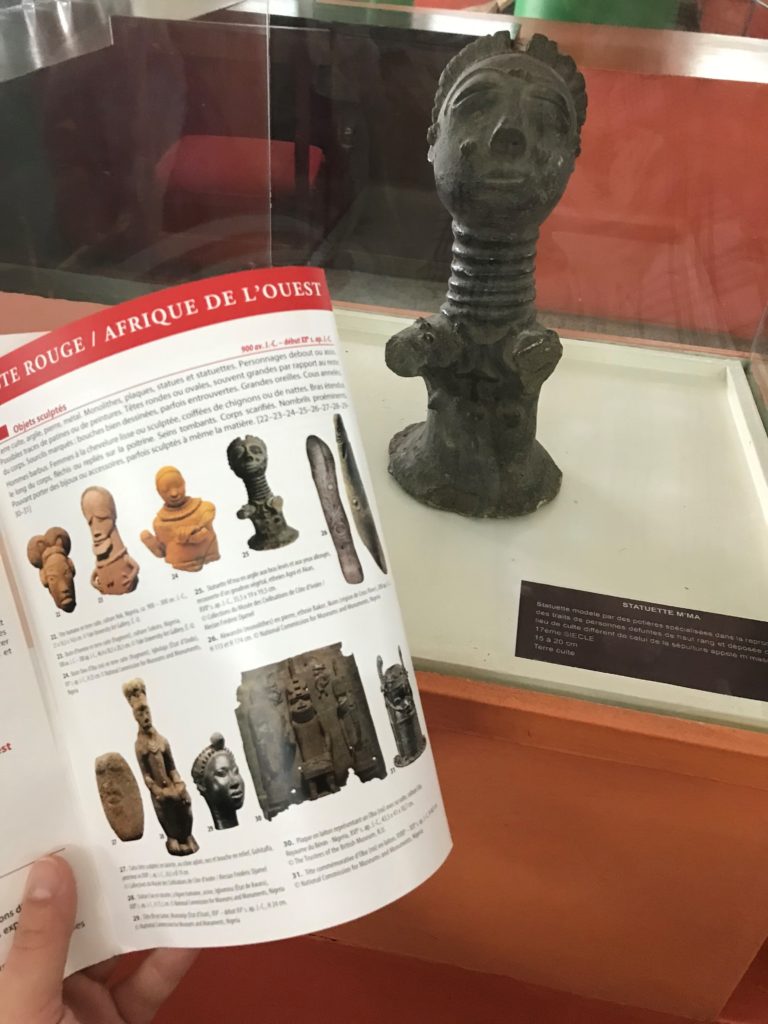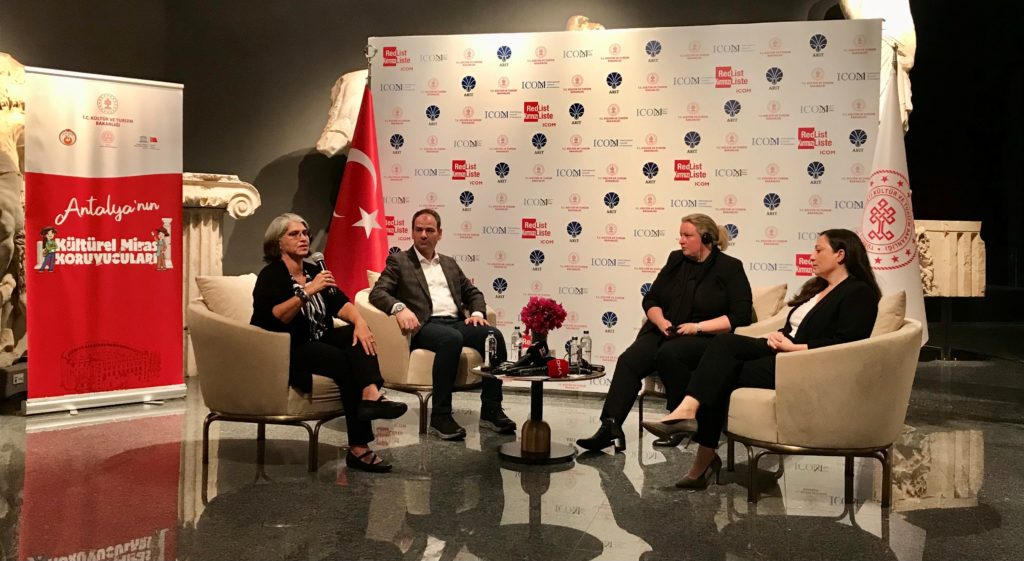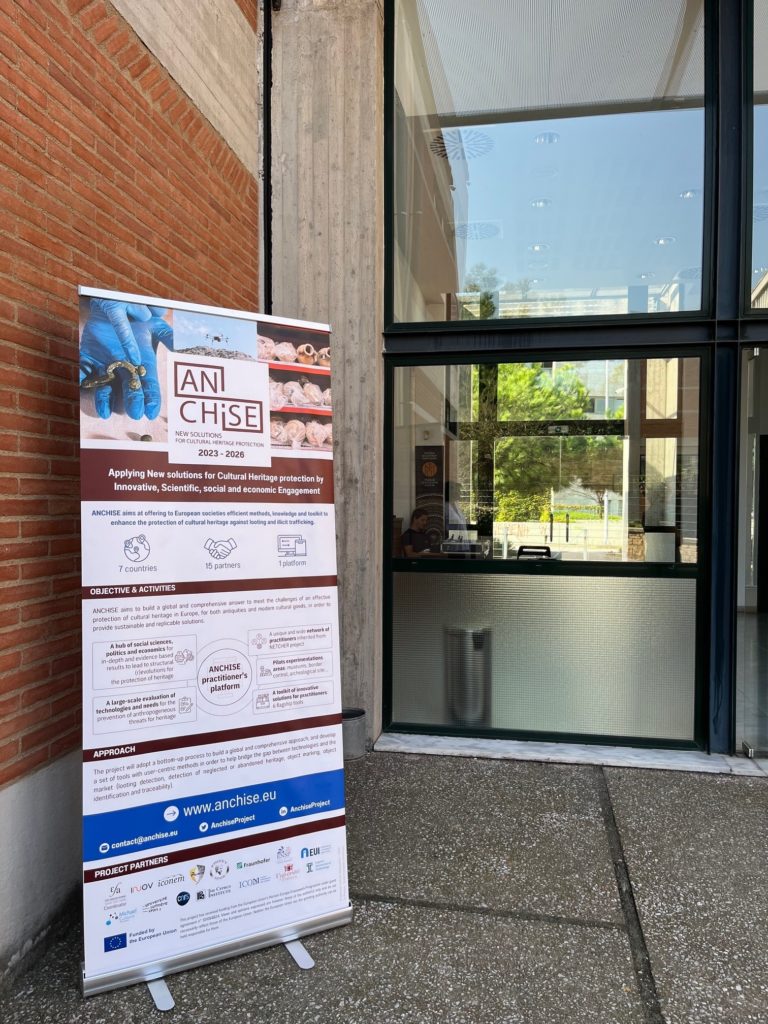14 November is the International Day against Illicit Trafficking in Cultural Property. Organised annually by UNESCO, this International Day reminds us of the need to cooperate at international, regional and local levels to combat this issue. Museums, in their role in raising awareness, as educators and as guardians of artefacts, have a key role to play in preventing the theft, looting and illicit export of cultural heritage.
Since its foundation in 1947, ICOM members have been actively engaged in the development of programmes and tools that directly fight the illicit trafficking of cultural heritage. Many of these initiatives have been developed with a range of partners, in particular UNESCO, UNIDROIT, INTERPOL and WCO.
Recently, ICOM’s role in protecting cultural heritage, in case of disaster and on return and restitution issues, was also recognised in the Salvador de Bahia Declaration of the G20 Ministers of Culture, and by the Cultural Working Group, of which ICOM has been an active participant.
ICOM RED LISTS
The main goal of the ICOM Red Lists is to raise awareness among, and facilitate the work of, police and customs officials, as well as those involved in the art and antiquities markets. The Red Lists draw attention to categories of cultural objects that are: vulnerable in their country/region of origin; in demand on the art market; and are protected by national legislation.

The message relayed by the Red Lists is clear: if you encounter a cultural object that looks like one of those featured in a Red List, you must carefully research its origin. As such, the Red Lists also underline the importance of provenance research and complete documentation.
As of today, ICOM has produced 20 Red Lists in close cooperation with its network of experts. The Red Lists remain in very high demand and in 2025, Red Lists for Greece and Türkiye will be published.

At the explicit demand of users ICOM continues to publish and distribute printed versions of the lists. This is because users report that having a physical copy of the list encourages the reader to study and remember the objects in a more effective way. Nevertheless, ICOM is already exploring ways that digital tools may help in multiplying the uses of the Red Lists and broaden their impact.
PARTICIPATION IN THE EU PROJECT ‘ANCHISE’
ICOM is one of 15 partners of the ANCHISE Project, an EU-funded project that aims at developing a series of six state-of-art tools (drones, mobile apps, databases, etc.) that will increase the surveillance of archaeological sites endangered by looting, the identification of artefacts and traffic networks as well as general repositories of stolen goods.
ICOM is involved in the piloting of the demonstrations of these tools with end users, specifically law enforcement agencies and heritage professionals from museums and archaeology, researching ways that the user experience may be improved, thus making the tools more effective in practice. The first demonstration took place in September 2024 in Greece (Thessaloniki and Amphipolis) bringing together more than 100 participants from 10 countries.

DESCRIBING A CULTURAL OBJECT PROPERLY USING ‘OBJECT-ID’
Object-ID is an internationally recognised documentation standard which was developed and launched by ICOM and the Getty Information Institute to standardise the description of cultural goods. Object-ID’s reputation has gone from strength to strength and continues to be promoted as the gold standard for object description.
Used by specialists and non-specialists alike, freely available and translated into 17 languages, Object-ID is recognised by INTERPOL as an invaluable tool for the identification of stolen objects. This is also evidenced by INTERPOL’s use of the tool for its ID-ART mobile app.
ICOM and its international committees conduct regular training in the implementation of Object-ID, attesting to its long-standing and enduring relevance to the protection of cultural property. The inventorying of museum collections is specified in the ICOM Code of Ethics, another important tool in the fight against the illicit trafficking of cultural goods.
INTERNATIONAL OBSERVATORY ON ILLICIT TRAFFIC IN CULTURAL GOODS
Building on the success of the first phase of the Observatory, ICOM is working on the ambitious next chapter, which will be rolled out in the framework of an EU-funded project launching in 2025.
The aim of the project is to facilitate better access to information (monitoring), knowledge exchange (data gathering) and multi-national cooperation to better understand this traffic and help strengthen the activities and tools which will prevent it.
THE MOBILISATION OF ICOM’S NETWORK WITH THE SUPPORT OF THE SECRETARIAT
Within the ICOM Secretariat, the work on the fight against illicit trafficking is the responsibility of the Heritage Protection Department. This work is also supported by the initiatives and activities that are developed by ICOM’s network through its national and international committees, such as LEAC which is currently working on a document to guide museums throughout the return process. The Secretariat notes that members of ICOM’s network are increasingly motivated to take part in the international efforts to fight the illicit traffic of cultural property, an encouraging signal for the future success of our collective.
